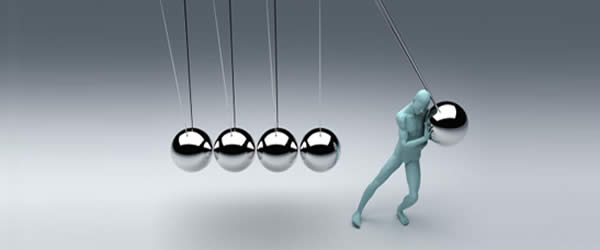The success of a company’s R & D activities, to a great extent depends on R & D Management. In the article entilted “R & D Organization” I had pointed out that the Top Management is the hidden executive of R & D department as part of the company. For R & D management, the company’s general policy to be followed and the location of R & D in the organization of the company have the greatest impact. But the real impact emerges with R & D department’s own organization.
The Structure of R & D
Numerous alternatives may be considered in configuration of R & D department. Management of research engineers team, management of technical experts and technicians team, management of branch groups, divided management, single-headed management, free style working management etc. can be used as the method of management. Here, naturally the method that is most effective and most likely to the company is expected to be selected. So, the proper method is not sole for management, every company may have a different correct method of management. It is not so practicable to claim that a method used for a university or research institute’s R & D management will also work for a manufacturing company operating in the food industry. But without a shadow of a doubt we have a point, the characteristics of the R & D manager determines the fate of R & D activities…
Who is R & D Manager???
R & D manager, as may be the head of a team of just three members, may also be a director who contains several departments under his management. But for both, target is research and development to be done. The manager’s most important attribute to direct toward this target is the “leadership” character. R & D manager should be a leader, thus should be able to drag along the team. Leadership character, relies on many attributes to be holding on. To be the launcher of the processes, to make coaching at every point needed, to be a role model so as to reflect his expectations and to be a mediator enough as to bring different opinions together, are the most obvious character traits.

The most widely accepted idea for some company’s managers is to select the oldest or the one who does his job best as the R & D manager… Although it works sometimes, this is a wrong and an amateur type of idea which is usually seen in small companies with a symbolic R & D department. Assigning an employee as the R&D manager just because he is the oldest, technically knows best or does his job well, but far away from leadership characteristics, will lead the R&D department to inefficiencies and chaos;
This amateur step leads the department to inefficiency because a good researcher is lost.. moreover got dull by loading him with administrative duties and made busy. This step leads to a chaos because the R&D manager may insist on a fault that he thinks to be correct…apart from the mediator and analyst role appraised to him, he becomes the source of the conflict in the R&D team. He may become closed to any kind of technical or social idea from the team members with an approach as “I know best the technical truth, the authority is on me“. This causes among the team members to more widely accept the lacking leadership qualities of the manager, thus the weakness.
However, what is expected from R & D manager is just directing his team as a leader… Knowing the business can bring a plus in terms of operation, but it is certainly not a requirement. A good R & D manager, namely leader, can manage successfully both a textile design team or the team that develop electronic technology. A leader R & D manager can also manage succesfully a researcher who is an expert in his business and more experienced than his manager. Not only for R & D, but in general, departments managed by a “leader” show higher performance. The subordinates who do not belive in leadership of their manager, will go on their own way at every opportunity they find…

Establishing and continuously strengthening the team spirit increases the power of R & D managers. In this regard, the most important ideas that the R&D manager inoculates to his team should be: engineers, technicians, experts and titles so on are in opeartion just pointing out the links of the chain, to have the chain strong it had to be the team strong, the teams need to be established by possibly different job titles as rings of tightly connected together. This not only increases employee motivation, but also change the employee’s perspective, increases the sense of ownership.
Although the management style to be used can vary according to the company policy, R & D team and the sector worked in, on the basis, R & D is a matter of “project management” of specific rules. The R & D manager following a systematic process for source, time, budget and other parameters is the key to the success no matter which sector he is in. Planning, advanced targeting, but judicious estimates, in commercial terms is one of the ways that will lead to success.
In general we can say that R & D management is; not limited with sharp criteria, but a leader manager, a team with team spirit and the organization with freedom in discipline…




